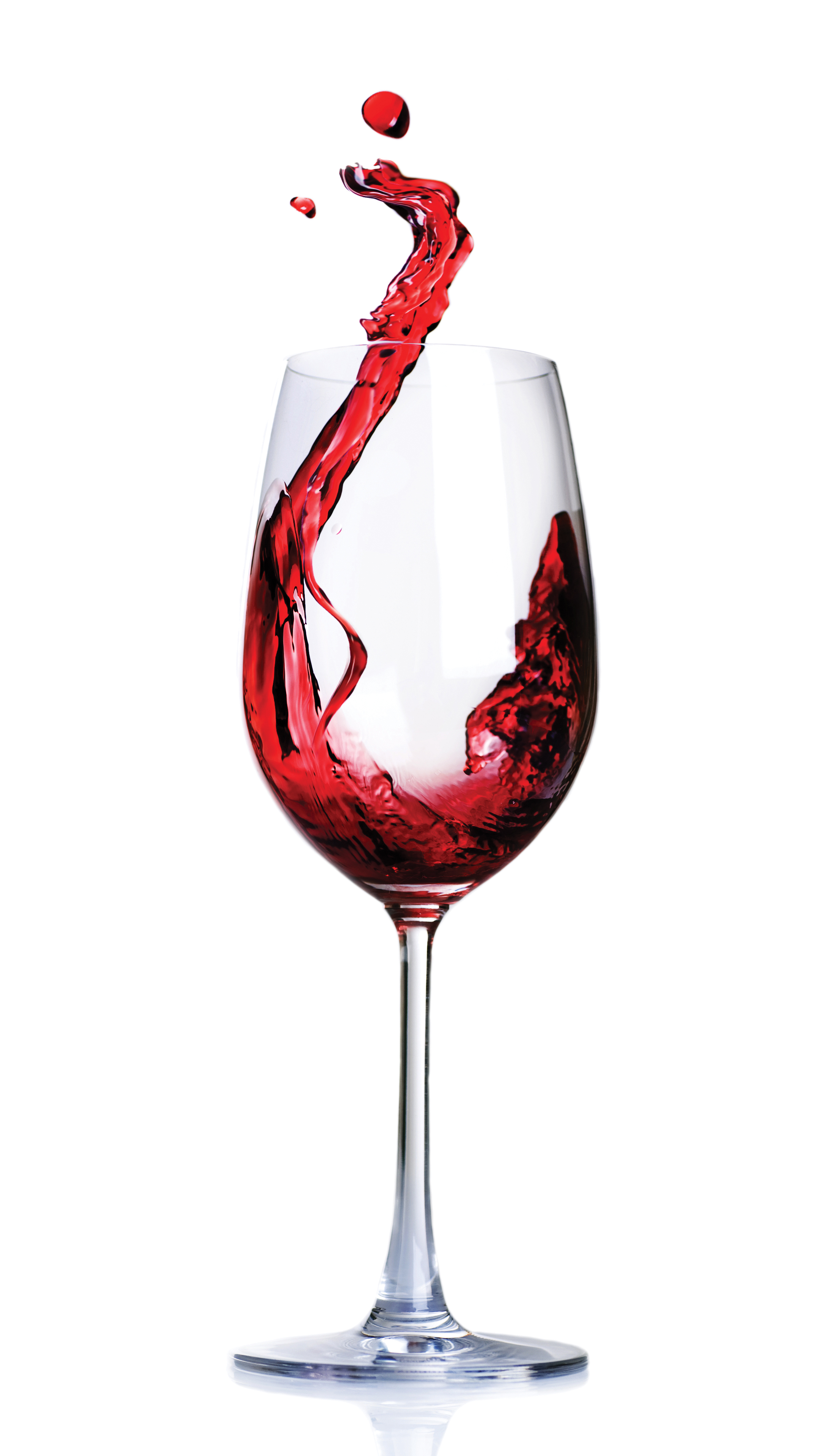
We Canadians sure do love wine – we spent $5.8 billion on it last year
alone. That’s a 3.1 per cent jump over the previous year, reports
Statistics Canada.
We Canadians sure do love wine – we spent $5.8 billion on it last year alone. That’s a 3.1 per cent jump over the previous year, reports Statistics Canada.
 |
|
The wine market in Canada is poised to become even bigger in the years to come. A study conducted for Vinexpo, the largest wine trade show in the world, forecasted that wine sales in Canada will experience further growth. The study predicts that Canada will post a 19 per cent increase in sales through 2014, versus only a 3.18 per cent anticipated increase in worldwide sales.
Although Statistics Canada figures show that imports trumped domestic wine sales in terms of growth last year (up 3.8 per cent versus 2.9 per cent, respectively), there’s no denying that we’re pretty fond of the fruits of our homegrown vines. In total, 39 per cent of all white wines and 25 per cent of all red wines purchased by Canadians last year were made right here at home.
To help your operation capture its share of these sales, Canadian Pizza has assembled a list of the top 5 trends shaping consumption of Canadian wines from coast to coast.
1. Drink local
“Local must be stressed,” says Toronto-based sommelier Zoltan Szabo. “Everyone now seems to be into locally inspired gastronomy,” he adds, noting that this is as true for wine as it is for produce.
Local sourcing isn’t just an option for restaurateurs lucky enough to operate on Ontario’s Niagara Peninsula, or in British Columbia’s Okanagan Valley. A little research can uncover wineries operating in your region. And, as Szabo found out during a recent tasting, the tipples on offer outside Canada’s traditional wine-producing regions may surprise you.
“I just tasted some sparkling wine from Nova Scotia that blew my socks off,” he says. “It was a sparkling wine made from a clone of the Marechal Foch grape.”
2. Adapted Italian varieties
As wineries across the country experiment with different species of grapes, and consumers demand more local options, homegrown versions of favourite Italian varieties are gaining ground.
“Some wineries are experimenting with Italian red varieties such as Sangiovese and Barbera,” says Rhys Pender, a Master of Wine from Cawston, B.C. He points to Sandhill Small Lots’ varieties as good examples of Canadian twists on Italian classics.
3. Popular Pinot Grigio
This long-popular white wine is still in high demand these days, according to Astrid Brummer, product manager for Ontario wines at the Liquor Control Board of Ontario (LCBO).
“This continues to be the hottest grape variety, because it is typically light, approachable and refreshing,” says Brummer. She points to Henry of Pelham Pinot Grigio as a good example of the “fruity-fresh” characteristics sustaining the ongoing demand for Canadian-made Pinot Grigio.
4. Blended bottles
As they seek out new taste experiences, Canadian wine drinkers are turning to bottles that blend wines made from different varieties of grape.
Blummer says white wine blends of Riesling, Chardonnay and Gewürztraminer are gaining ground. She credits the emergence of this trend to the fact that “the wines please consumers and restaurateurs; they are exceptionally food-friendly, and versatile, with a variety of dishes.” She notes that they “really sing with ‘lighter, fresher’ cuisines,” as the blends “combine a bright crispness that cuts through oils.”In the realm of reds, Blummer points to a trend toward “friendly, ripe and rounded” blends. There are three categories of red blends: Baco Noir based, Gamay based, and Shiraz based.
Pender adds that Meritage red wine blends are also poised to be big business on the west coast.
5. Going organic
Whether they’re labelled “100 per cent organic” or just plain “organic,” wines bearing the words are gaining ground.
At the moment, there is no internationally accepted standard for organic wine; different countries have established different criteria wine must meet to be considered organic. In Canada, the Canadian Food Inspection Agency (CFIA) has developed an optional label to identify wines that meet its standards for certified organic status.
If you’re interested in offering organic wines, be sure to ask around. There may be wineries offering organic options that, for whatever reason, have chosen not to be certified under the CFIA’s regime.
We don’t need a crystal ball to see that wine drinking in Canada is in no danger of slowing down. Uncork a few trendy bottles and watch customers embrace your selections.
Print this page